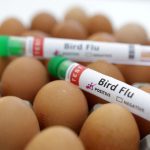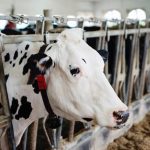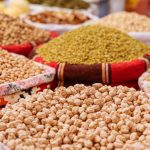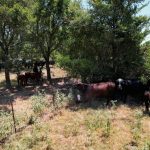Reuters – Tyson Foods TSN.N shares were on track for their worst one-day decline in a year on Monday after the U.S. meatpacker warned that consumers are under pressure from persistent inflation and high commodity costs could weigh on upcoming results. The Arkansas-based meatpacker reported second-quarter sales that fell short of analysts’ estimates, though profits […] Read more













